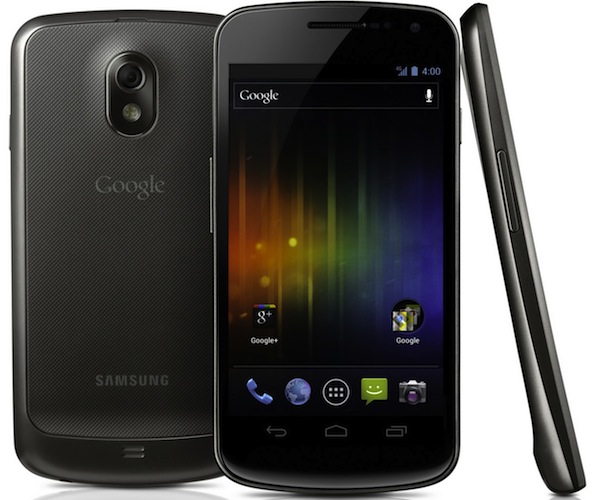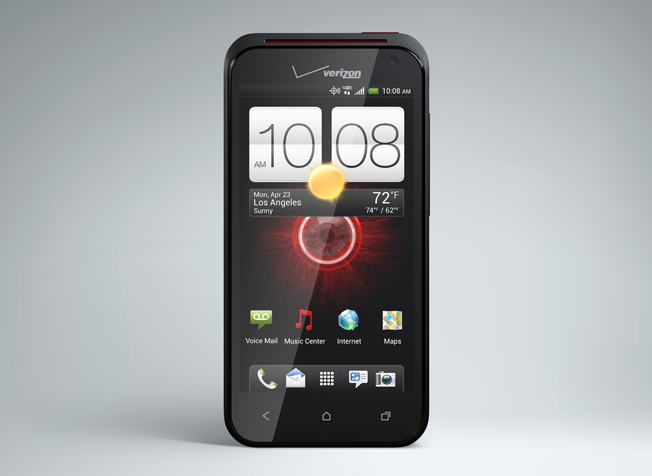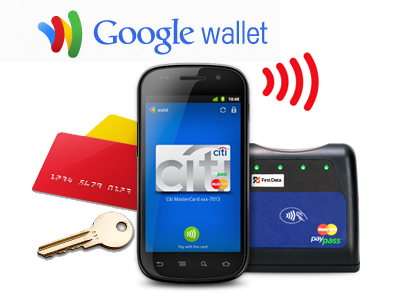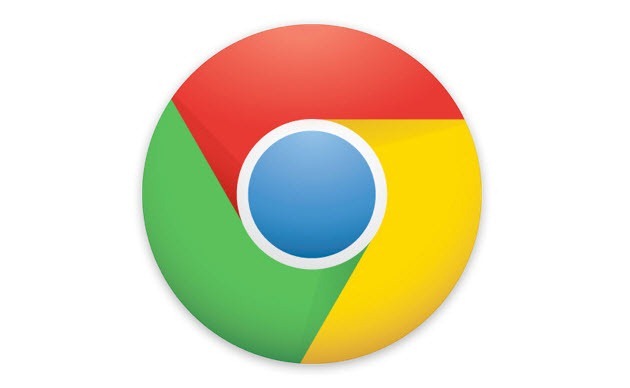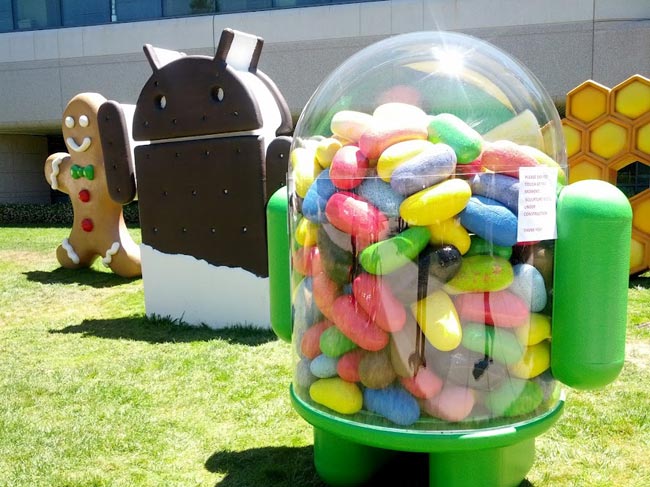 Nibletz spent Tuesday and Wednesday holding office hours in Madison Wisconsin. The startup scene is thriving as a matter of fact, our good friend Brad at Trinker in Madison helped organize a healthy sized, last minute meet up at the beautiful Union Terrace at UW.
Nibletz spent Tuesday and Wednesday holding office hours in Madison Wisconsin. The startup scene is thriving as a matter of fact, our good friend Brad at Trinker in Madison helped organize a healthy sized, last minute meet up at the beautiful Union Terrace at UW.
Wednesday we spent some time with the co-working startups at Murfie’s office in downtown Madison.
One of the startups we met with was MyFashionAssistant and co-founder Louie Penaflor. Penaflor has a lot of great stories to tell about his work life in Manhattan at magazine publishing powerhouse Conde Nast which was actually the inspiration for MyFashionAssistant.
At first glance Penaflor does not look like he would be one of the founders of a fashion app for iOS and Android that has over 50,000 users. But boy he knows his stuff. Not only that but like many of the people we met in Wisconsin he is very excited about the Madison startup scene.
 As for MyFashionAssistant, it’s a three panel slider app that allows users to take pictures of their wardrobe and then mix, match and mash them up in three sections which are shoes, pants (skirts etc) and tops. Now the beauty of MyFashionAssistant is that since right now most of the content is user generated, a fashion conscious man could easily use the same app.
As for MyFashionAssistant, it’s a three panel slider app that allows users to take pictures of their wardrobe and then mix, match and mash them up in three sections which are shoes, pants (skirts etc) and tops. Now the beauty of MyFashionAssistant is that since right now most of the content is user generated, a fashion conscious man could easily use the same app.
Penaflor told us that he came up with the idea on many of his subway rides in New York. He noticed that everyone in New York is so laser lined focused on what’s right in front of them. “No one really looks at each other, but they do look at their phones and iPads” Penaflor told us.
On more than one occasion he would see groups of friends breaking the no looking rule to hover over someone’s phone or iPad and flip through pictures. It was that flipping through pictures that made a bell go off in Penaflor’s head and think about what if they could flip through their wardrobe.
Deciding what to wear is a major pain point for some folks. They spend hours thinking about what they’re going to wear. Colleagues of Penaflor’s at Conde Nast would bring up in conversation three days early what they might wear going out Saturday night.
Another major pain point is sometimes people forget exactly how this shirt or blouse matches that pair of pants, but not with MyFashionAssitant.
Users take pictures and catalog as much of their wardrobe as they want. Now when they’re at the mall or a new store they can easily see if something is going to look good on them. They can even open up the app while they’re flipping through magazines.
Right now MyFashionAssistant is supporting itself as it’s a paid app. Penaflor is weighing all of his funding options. He could use MyFashionAssistant’s treasure trove of data and market research as a revenue stream. He could partner with other companies, or even white label the technology for name brand stores.
Penaflor admits there are some apps that match fashion the way his does but he started MyFashionAssistant back when there were just 2000 apps in the Apple app store. Also, most competitors are name brand manufacturers who of course only feature their clothes within the app.
MyFashionAssitant supports thousands of different brands across their user base. Penaflor says he could see possibly doing advertising but not in the traditional way. Brands could pay to have their newest lines included in the app so that potential customers could try out the company’s new designs with the users current wardrobe.
Penaflor likes his app to a virtual fitting room. He said Steve Jobs validated the need for MyFashionAssistant by saying iPhone (smartphones) is a lifestyle device and of course fashion is all about lifestyle.
Linkage:
Check out MyFashionAssistant here at their webpage
Download for Android
Nibletz is the voice of startups “Everywhere Else” check out these stories from “Everywhere Else”
We could really use your support here


